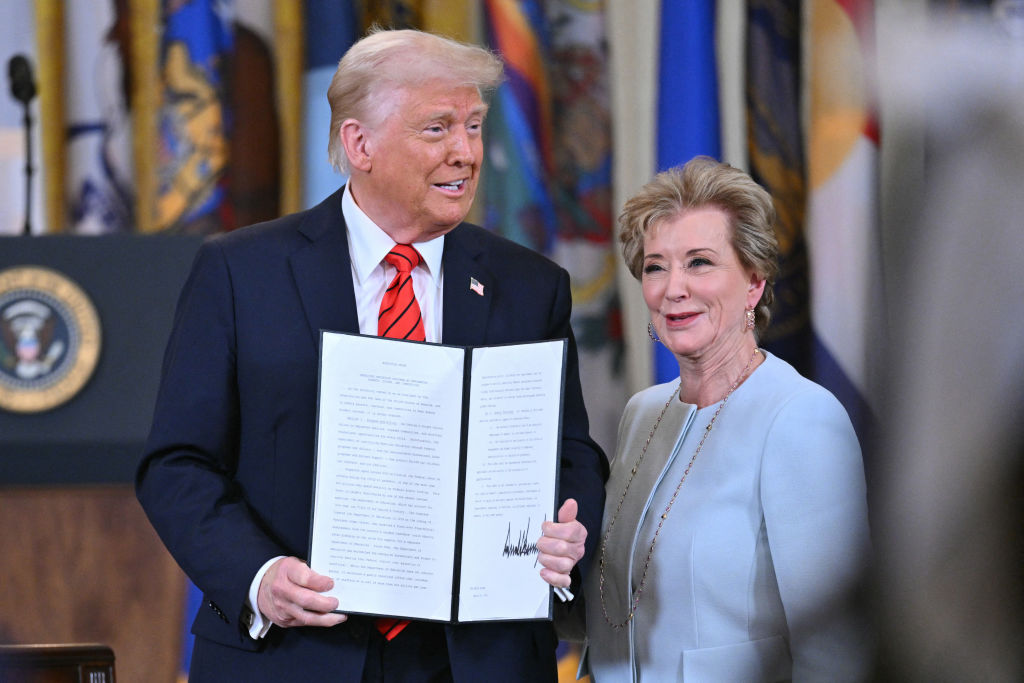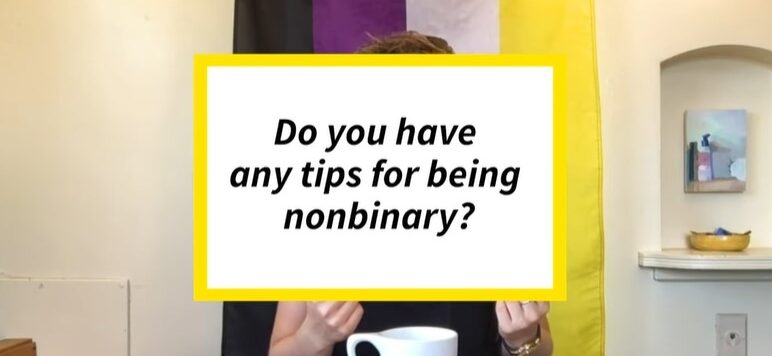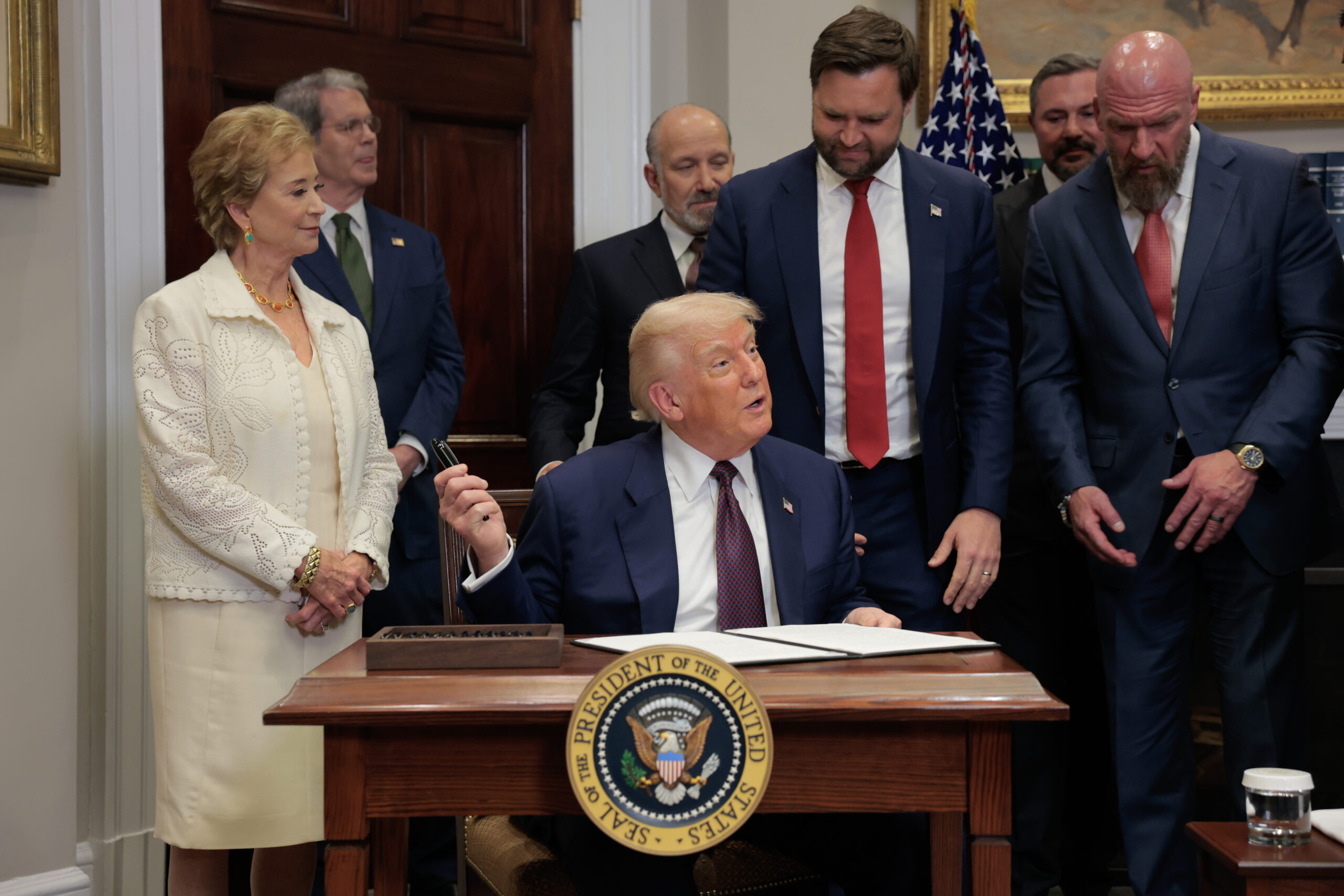Educators, Parents and Students Rally to Support National School Choice Week

It’s National School Choice Week, January 23-28, with educators, parents, students and school choice activists gathering across the country to support educational freedom and discover innovative, empowering options in their state.
According to a press release from the group, “Nearly two thirds of U.S. parents (64.7 percent) say they wish they had more information about the schooling options available for their children.”
The event “includes participation by more than 23,000 schools – including 13.7 percent of public-sector K-12 schools and 24.5 percent of private K-12 schools across the nation,” the organization said.
The week began in 2011 and was organized by the National School Choice Awareness Foundation, a non-profit that works to raise awareness about parents’ choices in education and to improve K-12 education for all students.
Many states and school districts have events where parents can learn about school choice; here’s a sampling:
- In Minnesota more than 370 events were scheduled to celebrate the week, with Opportunity for All Kids hosting a day at the Capitol on January 25, for concerned citizens to rally and lobby for education savings accounts.
- Rhode Island parents and students gathered for an education fair where they learned about schooling options in the states.
- Maryland schools, organizations and individuals have planned 765 celebrations of educational opportunity.
- In Arkansas, a rally was held in Little Rock, hosted by The Reform Alliance, a “nonprofit organization dedicated to ensuring every K-12 student in Arkansas has equal access to a world-class education.”
School choice generally refers to parents choosing from six different kinds of schooling: traditional public school, charter school, magnet school, homeschool, private school and blended and online education.
We’re all familiar with traditional public schools, paid for and run by the state government, with some federal funding, where families are assigned to a local school by their address. Some states and school districts allow students to make intra-district transfers to a different public school in their district. And some offer inter-district transfers to other schools in the state.
Here’s a rundown on other types of schooling for students:
- Magnet schools receive public funds and are managed by the government, but they specialize in a particular area of education, such as STEM (science, technology, engineering, and mathematics), performing arts, vocational training, or college preparation.
- Charter schools are public schools that have a charter to educate students, giving them more fiscal and educational control than traditional public schools. They receive public funds, often a lower percentage of what public schools receive.
- Private schools charge tuition and do not receive regular funding from the state and federal government, though they may receive per-pupil money for special programs to assist students with disabilities or those who are disadvantaged. Private schools can also teach faith-based content and perspectives.
- Homeschools are where a parent or group of parents educate children from home. There is usually more flexibility with regard to teaching style, curriculum and pacing of lessons. Many homeschoolers will join together with other parents to form “learning pods,” “micro-schools” or “homeschool co-ops.” Pods and micro-schools bring small groups of students together to study in a home, while co-ops are designed to bring students together for activities and group learning.
- Online schools can take a variety of modes. Remote or virtual learning were used by many public schools during the COVID-19 pandemic, when schools were locked down. Students learn the normal school curriculum via computer. Full-time online schools are tuition-free public schools and existed before the pandemic. Blended learning offers a mix of in-person and online instruction.
Educational freedom is a broader term, including school choice, but also offering more freedom to parents. One way to do this is by tying funding to students – not to institutions. This gives parents more independence to choose what’s best for their children, and can be done through a variety of means, such as:
- Vouchers: Public schools receive a certain amount of state funding for each student that attends their school. If a parent sends a child to a private school, states with voucher programs transfer the money that would have gone to the public school – usually a percentage of full per-pupil funding – to the private school of choice.
- Education Savings Accounts: Instead of the assigned public school transferring the money designated for a child to the school of choice, like vouchers, these funds are made available directly to the family (often through a debit card). The family then has complete control over the funds to spend on private school tuition, homeschooling, online tutoring, curricula and books, transportation costs to and from school, and other education resources.
- Tax Credit Scholarships: Some states incentivize their citizens to donate to nonprofits that distribute private school tuition or transportation scholarships by offering tax credits to those who donate. Often, both individuals and businesses are eligible to receive the credit. The nonprofits that receive the money then redistribute the money in the form of grants or scholarships to cover private and public school costs.
- Tax Credits and Deductions: Tax deductions and credits help families fund school choice through a state’s tax system. A tax deduction lowers a person’s tax liability by not taxing income that is used by a family to cover educational expenses. Tax credits allow families to have a percentage of money returned to them based on different factors, such as the amount of their child’s tuition payment. Laws vary state to state, but deductions and credits may be available for expenses like tuition, curriculum materials, transportation, educational supplies and tutors.
Children have different personalities and learning styles, and not all students thrive in public schools. In addition, they grow and change, and the way they learn and interact with the world may change from year to year. Parents know their children better and have their best interests at heart.
In addition, as some public schools have become sexualized and politically radical, they teach, promote and celebrate values and ideologies that are in direct opposition to many parents’ spiritual values.
Educational freedom has become a rallying cry that we can support to help students get the education that’s best for them and that supports, rather than undermines, their parents’ values. It also helps equalize educational opportunities regardless of family income or what neighborhood students come from.
Related articles and resources:
Parents, educators and students who want to learn more about what’s happening in their state can check out National School Choice Week.
Focus on the Family:
- School Choice for Parents
- Schools & Related Issues
- Thriving Student: What Your Child Needs for School Success
Iowa, Utah, Oklahoma and Florida Move to Expand Educational Freedom
BLM at School Week – Indoctrinating and Training Radical Activist Children
Breaking News: Florida ‘Parental Rights in Education’ Bill Signed Into Law
‘Critical Social Justice’ in Education – If it Can Happen in Idaho, It Can Happen Anywhere
Is ‘Critical Race Theory’ Being Taught in Public Schools? CRT Deniers Claim it Isn’t
Photo from Shutterstock.
ABOUT THE AUTHOR
Jeff Johnston is a culture and policy analyst for Focus on the Family and a staff writer for the Daily Citizen. He researches, writes and teaches about topics of concern to families such as parental rights, religious freedom, LGBT issues, education and free speech. Johnston has been interviewed by CBS Sunday Morning, The New York Times, Associated Press News, The Christian Post, Rolling Stone and Vice, and is a frequent guest on radio and television outlets. He graduated Phi Beta Kappa from San Diego State University with a Bachelors in English and a Teaching Credential. He and his wife have been married 30 years and have three grown sons.




